Another short, slow video, this time of a small jellyfish floating peacefully in the warm, clear waters of Portobello, Sardinia.
Enjoy!

Beautiful handwoven textiles from Sardinia's true handweavers — and more!
Another short, slow video, this time of a small jellyfish floating peacefully in the warm, clear waters of Portobello, Sardinia.
Enjoy!
Join me live online for an intimate series of presentations about Sardinian handwoven textiles, the women who maintain nearly-lost weaving traditions, and more!
In this free series, I’ll be sharing my stories, videos, and photos of the women weavers and their distinctive textiles; showing weavings from my own collection; discussing the history and revival of Sardinian handweaving; providing a historical and cultural overview of Sardinia; giving you a photographic tour of the island; answering your questions; and more!
This series starts Saturday January 23, 2021. See the full schedule below.
If you have missed earlier sessions, you can still come to later sessions!
Please register to attend the free sessions.
I look forward to seeing you online!
~ Kelly Manjula Koza, Sardinian Arts’ Founder
PS — Before the events, I very much suggest that you watch I Want to Weave the Weft of Time, my free 30 minute documentary on handweaving in Sardina. You can also find the video directly by going to WeaveWeftofTime.com.
Saturdays at 11am Pacific / Noon Mountain / 1pm Central / 2pm Eastern. Each session will last 60-90 minutes.
Small things make a big difference.
My favorite way to illustrate this stems from design school. Back in a time when we drew straight lines by hand using T-squares, triangles, and Rapidograph pens, we used a simple exercise to demonstrate that absolute care, attention, and precision was necessary in creating the very first to the very last element of a project.
Think of drawing horizontal lines on a piece of paper to emulate a 8.5″ x 10″ sheet of notebook paper, which generally has about 32 lines. If you were to draw the lines by hand, you would start from the bottom of the page, draw a base line, use that line to align and draw the line above it, and then use the newly-drawn line to align and draw the line above it, continuing this process until all lines on the page are complete.
If the very first line you drew was off level by 1/32 of an inch — the width of a fine pen nib — your design would be ruined: by the top of the page, after repeating the 1/32 inch error 32 times, your top line would be tilted one inch.
Now think of an architect guiding the construction of a skyscraper a hundred stories high, and the precision with which the foundation must be laid. Consider a handweaver making a bedspread that requires weaving thousands of crosswise weft-fibers, and the careful alignment necessary for the first row, and every row, of fibers. Think of the navigators, mathematicians, and engineers calculating courses for ships traveling oceans, skies, universes, and how the initial degree, minute, and second of direction must be absolutely precise, and then checked and corrected constantly to ensure the ship reaches the intended destination. The tiniest bit of imprecision — or an unseen factor affecting calculations or the project — would drastically change the outcome.*
Simply put, the tiniest detail affects the outcome in ways we can’t imagine.
This is true within and beyond architecture, construction, navigation, sciences, arts, and crafts. This is true in everything — and for everyone. This is true for presidents, prime ministers, actors, sports figures, scientists, saints, mystics, people of fame — and each and every one of us.
Each one of us affects the whole. And each of our actions affects the whole.
This can be staggering to consider — yet this realization is also a gift, a blessing.
If each of us, each of our actions, each of our interactions, each of our words affect the whole, affects our world, how do we watch, use, care for our actions, our words, and that which we contribute to our world?
Do we, in our personal spheres and work, act with disregard, condescension, hatred, and anger, spewing toxic dark clouds of negativity that increase with time and distance to create chaos, war, and destruction on a global scale?
Or do we bring awareness, compassion, love, and care for small things into the tiny moments of our daily lives, filling what we touch with light, harmony, and joy — all of which increase with time and distance to create a world more beautiful, inclusive, harmonious, and supportive that we can perhaps imagine?
When we realize that we’re all connected and that each one of us contributes to the creation of the world we share, I believe we have the responsibility to act upon that realization: to live with love, act with compassion, care for small things, and give attention to the tiny moments of life.
If the tiny things are cared for, if small acts are done with love and kindness, if we bring joy to our work, if we treat people, animals, plants, nature with compassion — imagine how the results would — will — magnify.
Can we each play our part, no matter how small it seems, to help the world change for good, beyond what we can imagine?
I think of those so often invisible in our modern world, and what they bring to us. Living and working with care, compassion, love, and awareness are mystics, mothers, artists, and others, including handweavers.
Women weaving in the hills of Sardinia; rebozo weavers and lace-makers in Oaxaca and Teotihuacan; Native Americans weaving in the Southwestern U.S.A; rug-makers weaving in the Middle East; sari-weavers in India; and others comprising the dwindling numbers of handweavers: All are working with care, focus, and attention, placing and aligning each fiber of every textile they weave.
Beautiful textiles are the visible, tangible result of the precision and care handweavers bring to their work.
But what are the invisible, intangible results?
Perhaps the fragile balance of our world is subtly maintained by the magnified effect of the order, precision, care, and love the handweavers bring to their work.
Who’s to say otherwise?
*Professor Edward Lorenz famously discussed how small acts — the change of a single variable in a set of conditions — would be magnified over time and distance and thus change outcomes. This has become known as the “butterfly effect”, simply stated as a butterfly flapping its wings in one part of the world could cause a typhoon on the other side of the world.
###
© 2020 KM Koza
This piece is also posted on Tramite.org.
For some of us, watching the sunrise is a favorite way to usher in the new day.
If you lack a good view of the morning sun, don’t rise early enough, or merely want a beautiful sunrise to watch as you start your day, here’s a real-time video of a peaceful sunrise in Gallura, Sardinia.
Enjoy watching the sky lighten in the pre-dawn minutes before the sun rises over the distant water and hills. The fields and sounds of the agriturismo are the foreground. This is definitely a slow video — 34 minutes long, with the camera immobile throughout.
Filmed from the porch of my room at Agriturismo Nuraghe Tuttusoni, Portobello, Sardegna in September 2019.
“Sardinia is an island you cannot ignore. After visiting it, you will carry a memory in your heart that leaves you with a nostalgia and a strange sensation, veiled with a sad yearning for something missing: It’s the Sardinia sickness.”
“La Sardegna è un’isola che non si può fare a meno di conoscere. Dopo che la si sarà visitata, si porterà nel cuore un ricordo che alimenta un sottile fil di nostalgia, e una strana sensazione, velata di struggente malinconia, di qualcosa che manca: è il mal di Sardegna.”
These are the famous words on the last page of the ubiquitous* Sardinian calendars published by R. Balzano Edizioni.
The calendars are requisite items when you leave the island.
And yes, the Sardinian sickness is real, affecting some of us exactly as described.
Especially now.
#sardegnanelcuore #missingsardinia #mimancasardegna #vacaggisardegna #vacationsardinia
*Ubiquitous in the airports, bookstores, and tourist stores. Come to the center of the island and the lesser-known spots and you’ll see other sites!
© 2013 – 2025 Kelly Manjula Koza | All Rights Reserved
Sardinia is an ancient island with a tremendous history. Her artistic heritage, spiritual traditions, natural beauty, and the wisdom and strength of her people are beyond description.
Sardinia’s status as a usually-overlooked, often dismissively-mentioned island has in some ways benefited it, helping preserve her culture, traditions, and even people: many Sardinians live happily and actively into their hundreds.
While rich in so many ways, Sardinia is relatively money-poor. As an autonomous province of Italy, Sardinia has a status similar to that of Puerto Rico’s in the United States, both legislatively and in the minds of the mainland residents. The island’s economic development has long been sustained by various funding initiatives, including those from the Aga Khan and the European Union. Currently, most of Sardinia’s income is generated by the visitors who flock to the island each May to October for the tourist season.
Given the current crisis, the tourist season is likely not to exist in 2020. And while Sardinia’s strict virus containment measures have minimized the number of cases across the island, the same measures are decimating businesses, even those which generally close or reduce services during the off-season.
Like the rest of Italy, the Sardinians are doing all they can to contain the virus—their lockdown is extremely rigorous—to pray and prepare for a tourist season as best they can, and to promote their businesses online. Grassroots business initiatives, as well as those supported by chambers of commerce and tourism offices, abound. And those of us stranieri who love and cherish the island and her people do what we can to help.
So, during this time of global crisis, what can you do from the United States to support Sardinians — including, but certainly not limited to, the wonderful weavers mentioned on these pages?
Here are six ideas.
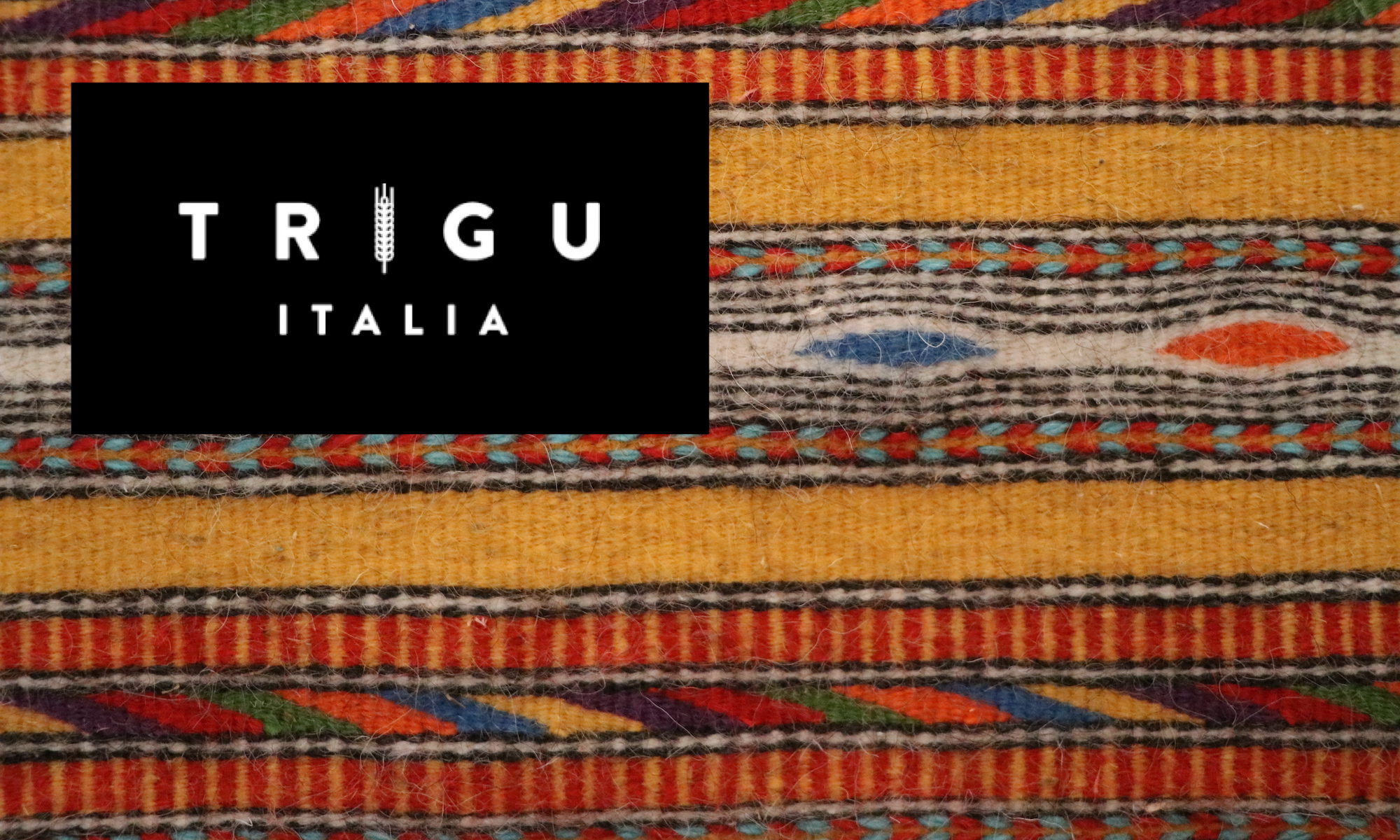
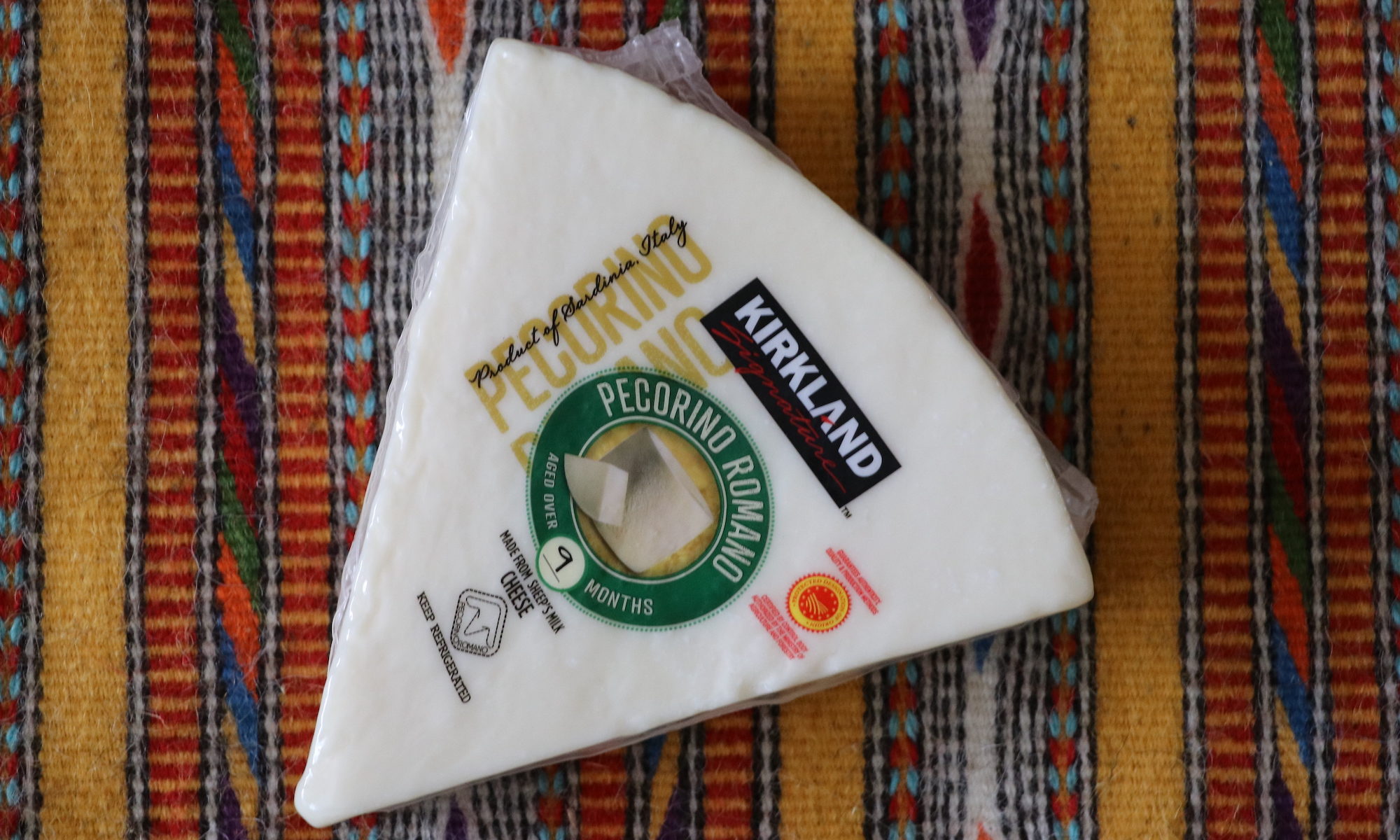
Traditional Sardinian cheese is made from sheep milk, and is considered a treasure of the island. In fact, a few years ago, Sardinia started offering bonds secured by huge rounds of traditional cheese.
All the various types of sheep cheese have their own flavor and history (perhaps we’ll go into this in other articles at later dates). I’ve tried many types of Sardinian cheese, and enjoy them all!
In short, buy and enjoy some Sardinian cheese —and you can do so right where you are.
Trigu Italia exports artisan cheese and food products and offers an online catalog of various cheeses and delicacies. The brand’s various cheeses are also available in select gourmet shops in the Seattle and San Francisco areas.
Trigu’s founder, Jon Brownstein, is American-born yet has lived in Sardinia most of his life and is “dedicated to supporting the artisan and building a mutually beneficial global community around Sardinian culture.” Of course his endeavors mirror mine with Sardinian Arts, and I encourage you to visit his website and purchase a sampler to have delivered to your home!
In addition to Trigu’s offerings, you can find Sardinian Pecorino Romano at by Costco. In most Costcos, I have found the cheese in the gourmet/imported cheese section, which is usually next to the walk-in produce refrigerator.
Enjoy!
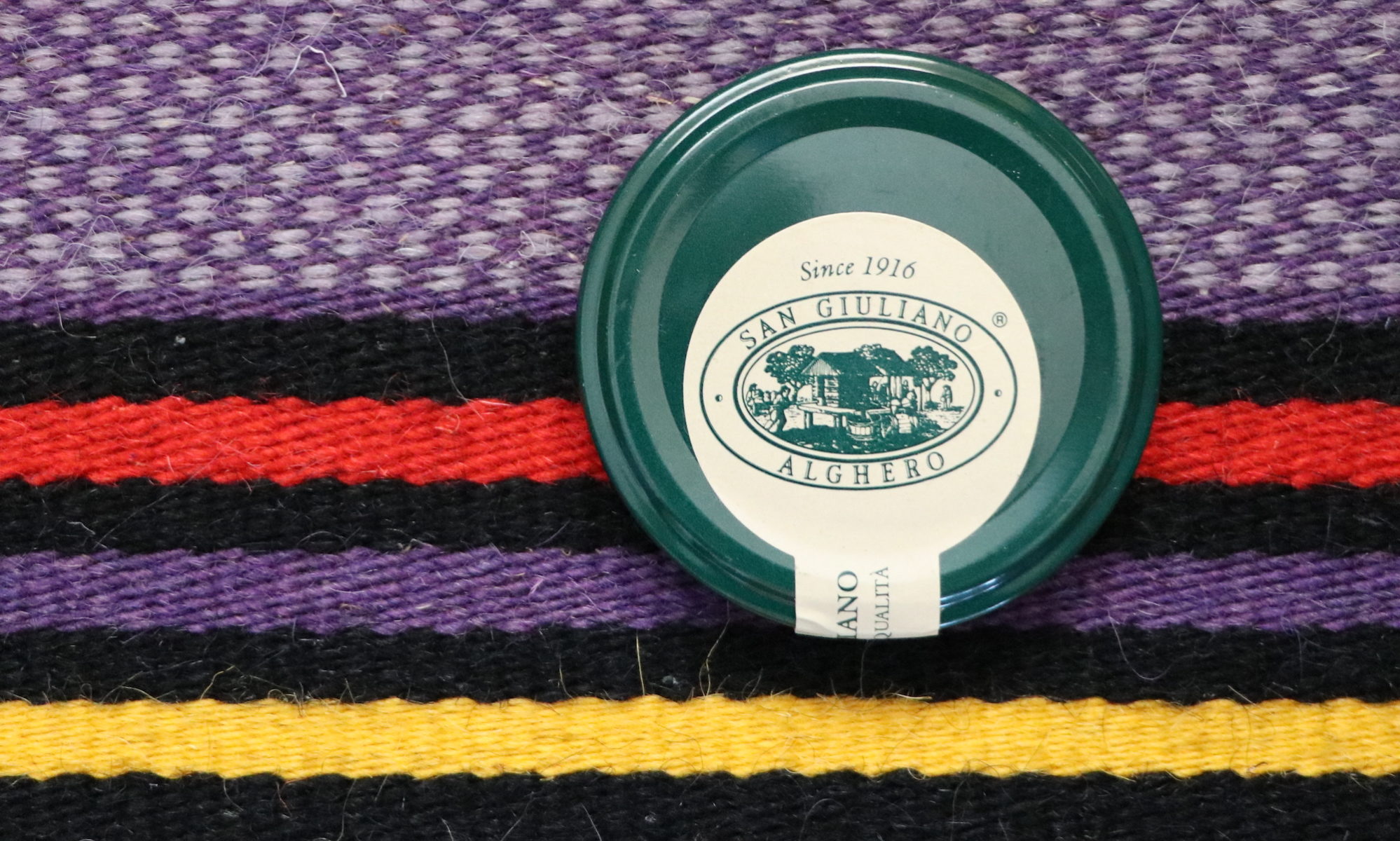
The olives of Sardinia are exquisite—as are the oils, spreads, and items made by the Sardinian company San Giuliano. I have loved their olive oil and products (especially what I call “black gold”, the black olive spread) even before driving past the San Giuliano orchards and stopping by their headquarters near Alghero, on the island’s northwest coast.
You can find San Giuliano oils, spreads, and even vinegar at a number of San Francisco area grocery stores and chains, thanks to importer Italfoods. I’ve bought San Giuliano items at Berkeley Bowl, Whole Foods, and some of the gourmet grocery stores. Treat your tastebuds — and help this Sardinian business — by purchasing some San Giuliano oil and other goodies!
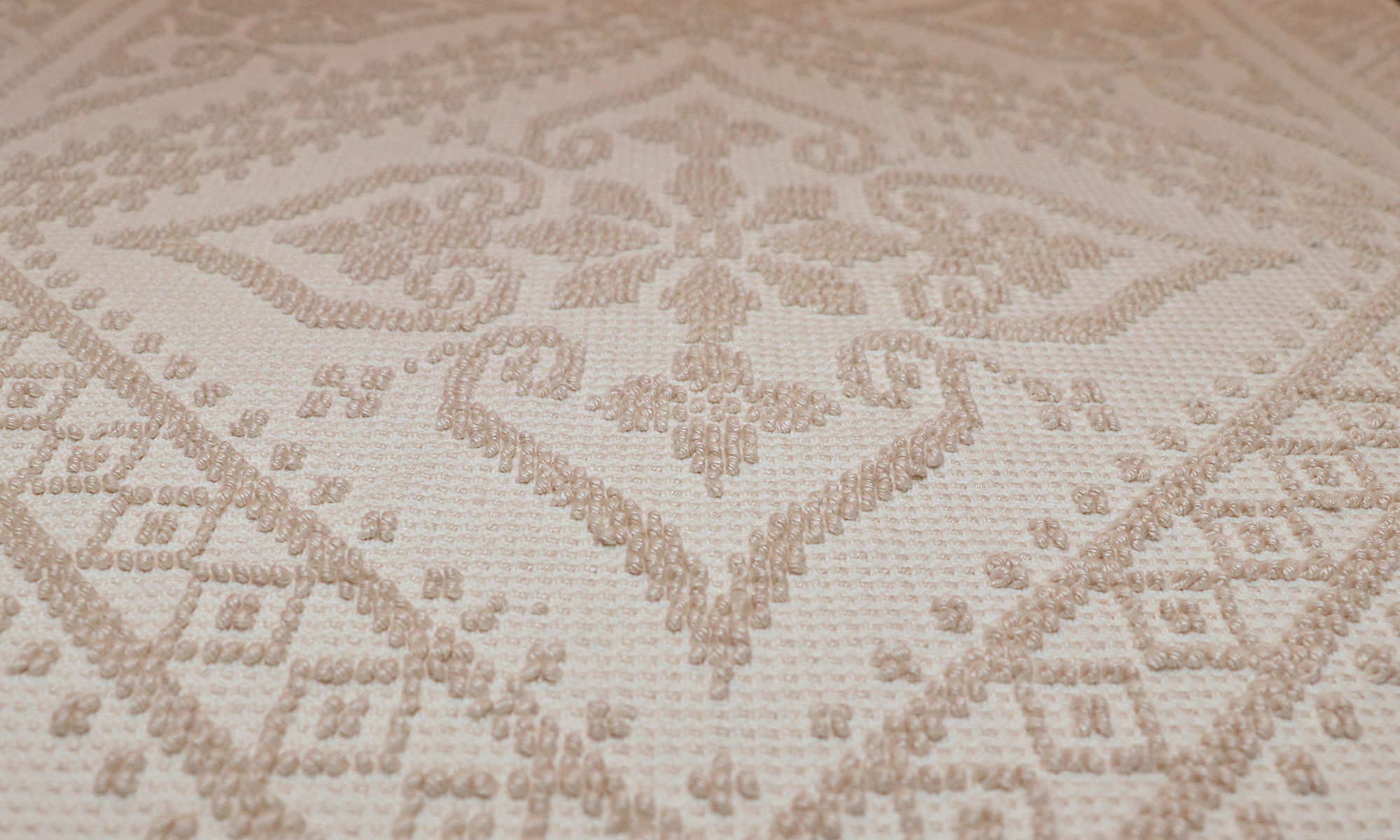
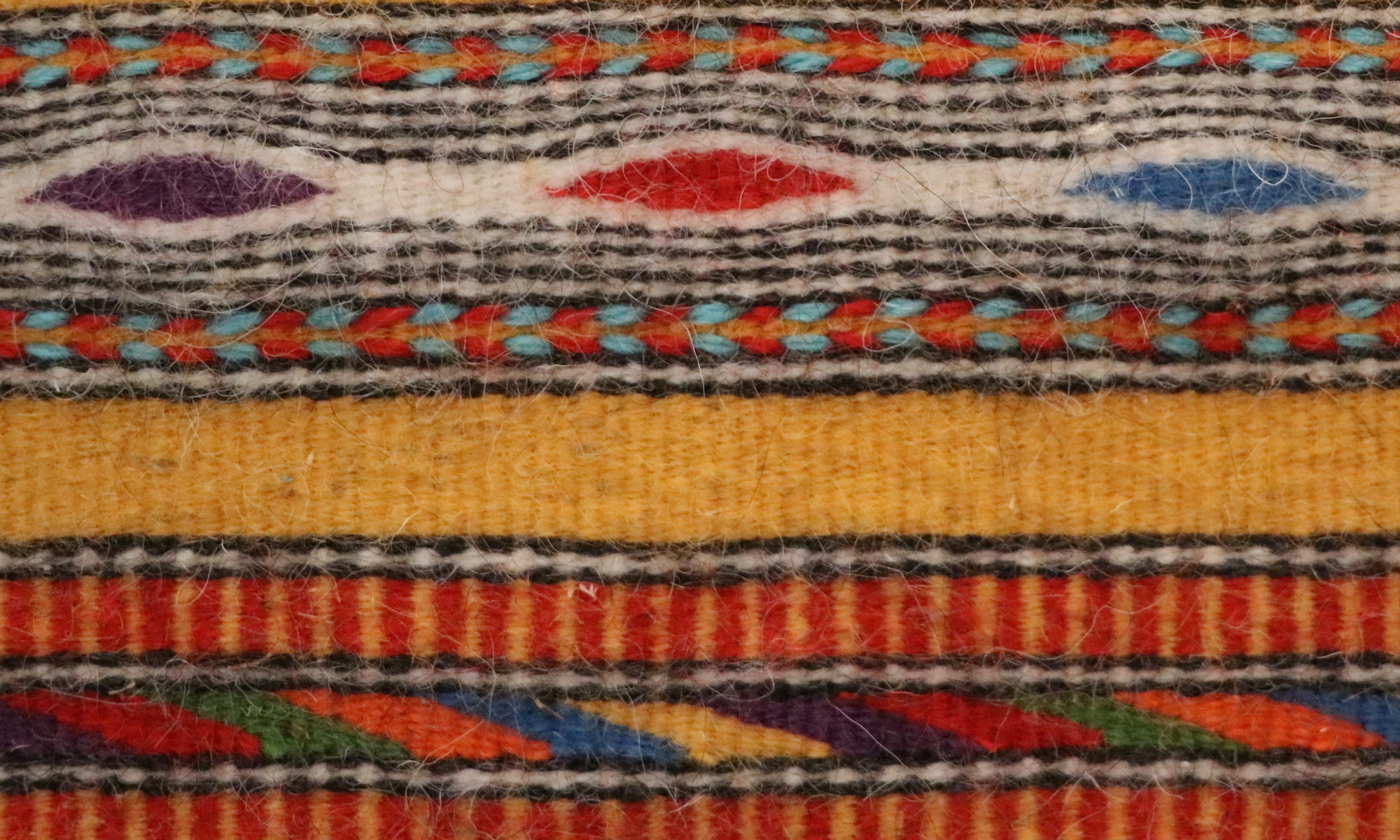
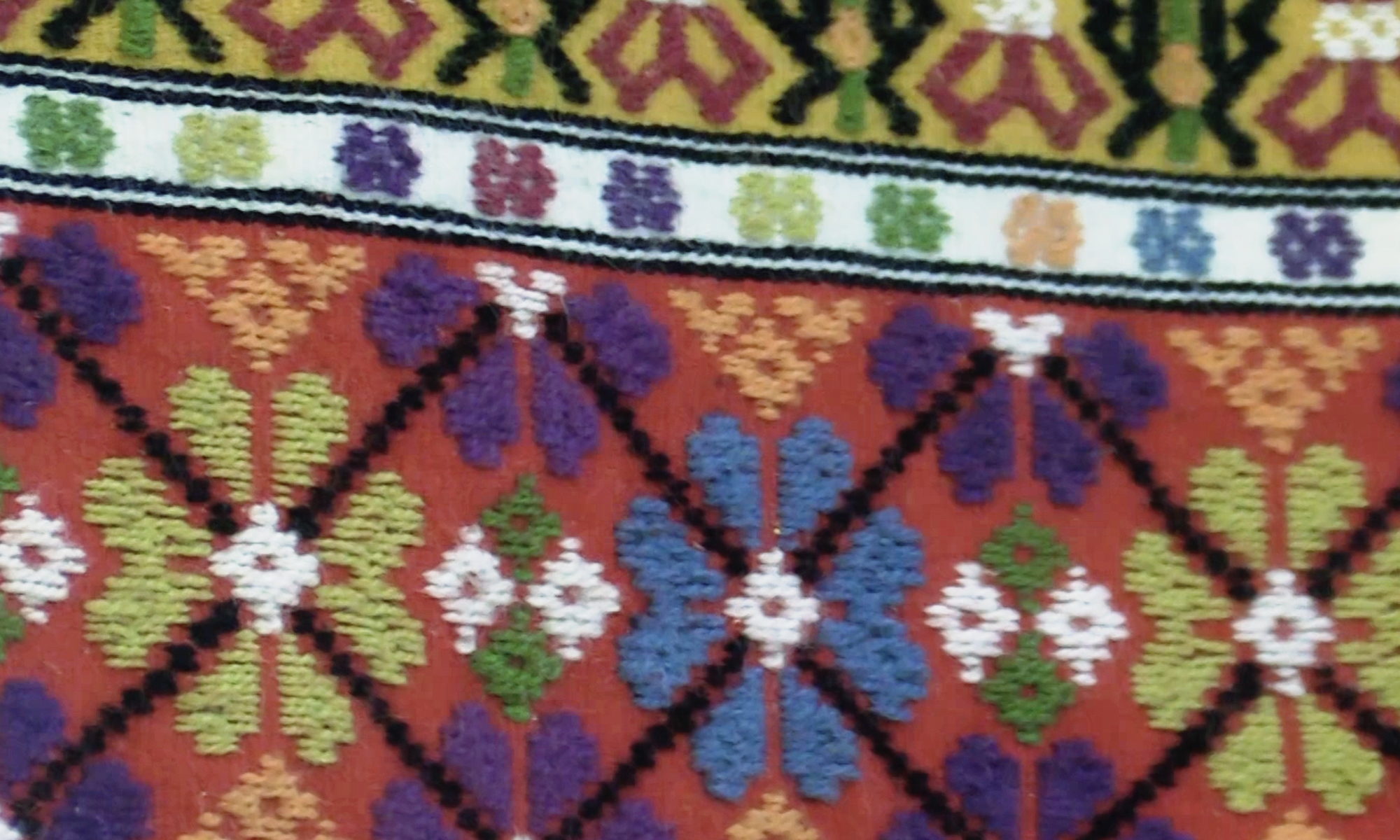
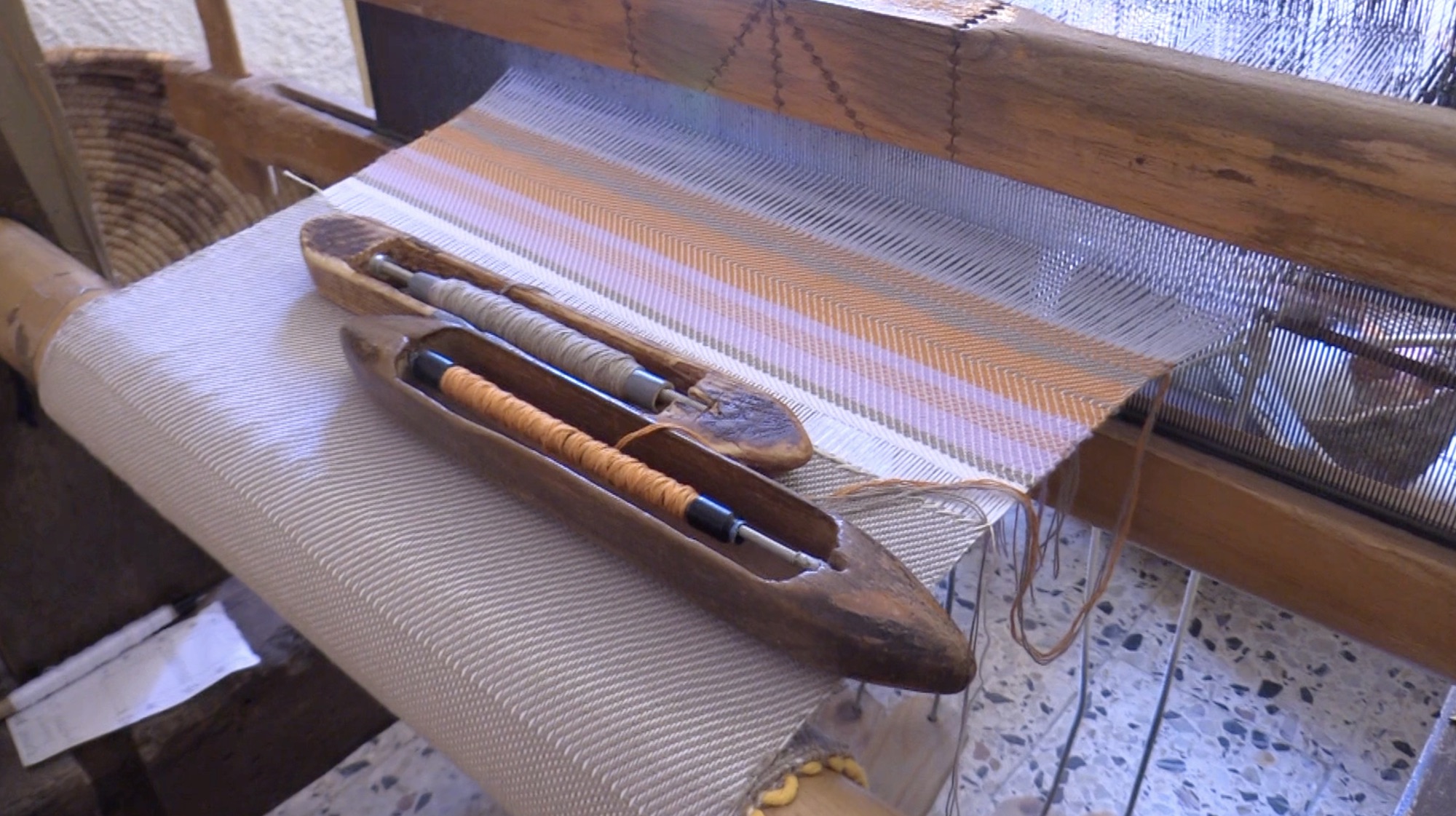
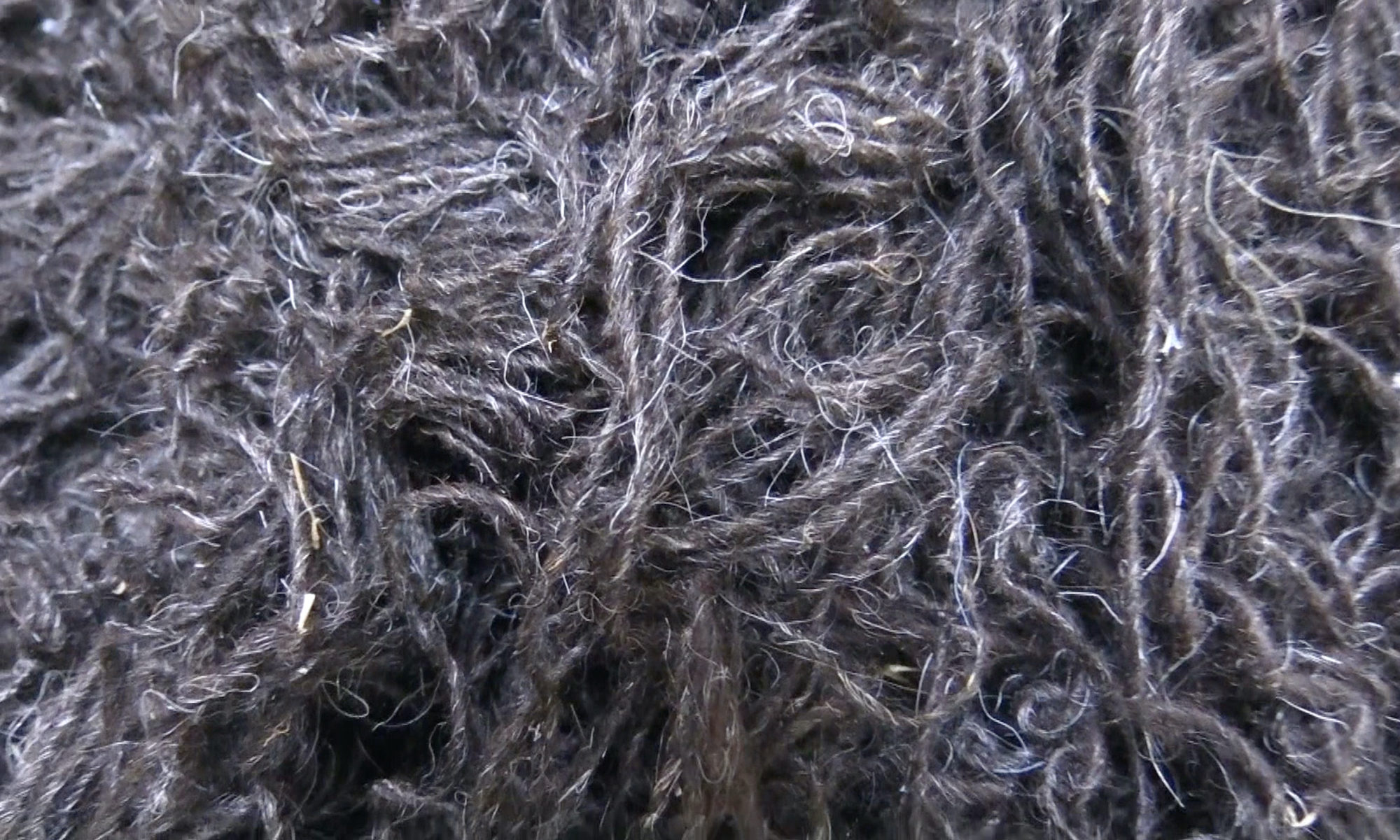
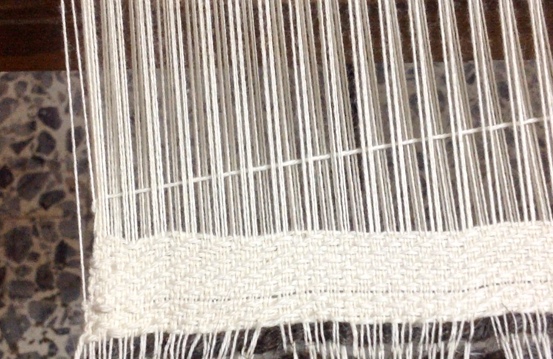
View the Meet the Artists section on this site to learn about the handweavers and contact the women directly to buy an item they have already made. The contact information is given for each artist.
While Sardinian Arts does not offer an online catalog for reasons mentioned elsewhere, you can view each weaver’s page and see some of their work in the Meet the Artists area. Links are also given so you can go directly to each weaver’s website or Facebook page to get a feel for the type of weaving they do, and so you can contact the weavers directly.
I have put some hints for contacting the weavers below, and yes, in some cases, I will act as the go-between with you and the weaver.
Important!
Ask the weavers for items they have already woven. This enables the women to be paid for artwork they have already lovingly completed . All weavers have a stock of beautiful handmade textiles—signature pieces—in their studios.
Do not ask for custom orders. Custom orders with bespoke designs, colors, fibers, etc. always take a great deal of time to coordinate, and now, with supply chains paused due to the lockdowns across Italy and the world, custom orders may be even more difficult to complete. Additionally, any custom orders from before the lockdown are on looms waiting to be completed, and new custom orders will be waitlisted for some time.
Hints for contacting weavers:
And yes, you can contact me if you need more help.
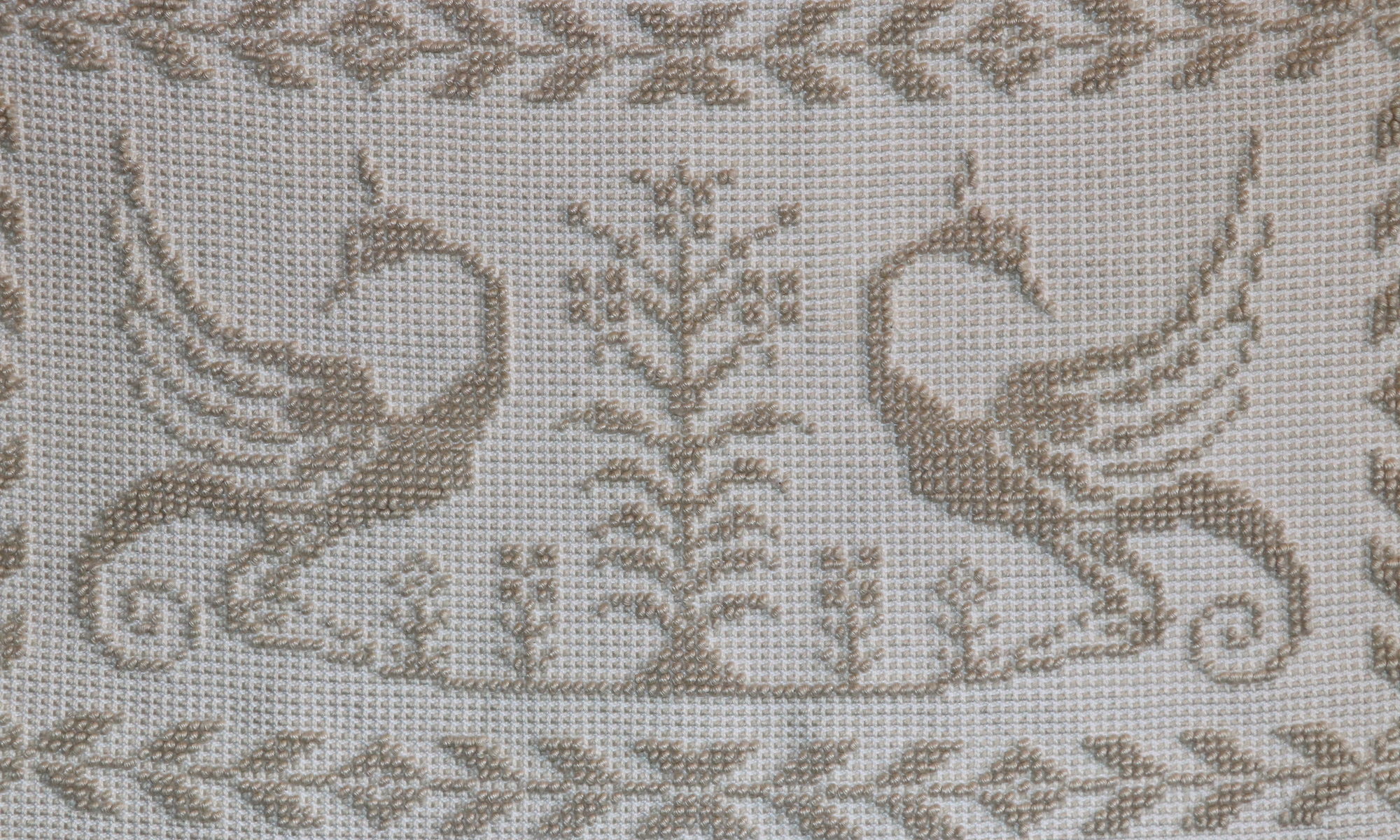
I have a number of very unique weavings from my personal collection that I will sell to the right buyers.
While I have paid the weavers quite well for their weavings, for each of the few items I sell from my collection, I will give a portion of the sales price directly to the weavers, as I know the additional incoming funds will help them at this critical time. I will use the balance to help sustain my work promoting the weavers and Sardinia.
The items I’m offering from my collection are one-of-a kind museum-quality showpieces: a large linen tablecloth; a wall hanging featured in the exhibit of Sardinian textiles I organized in San Francisco in 2017 (this weaving was also prominently featured in the exhibit publicity and collateral); and one other piece yet to be decided.
Please contact me for more information on the specific pieces available. Please do not contact me if you are interested in getting a collectable treasure “for nothing”.
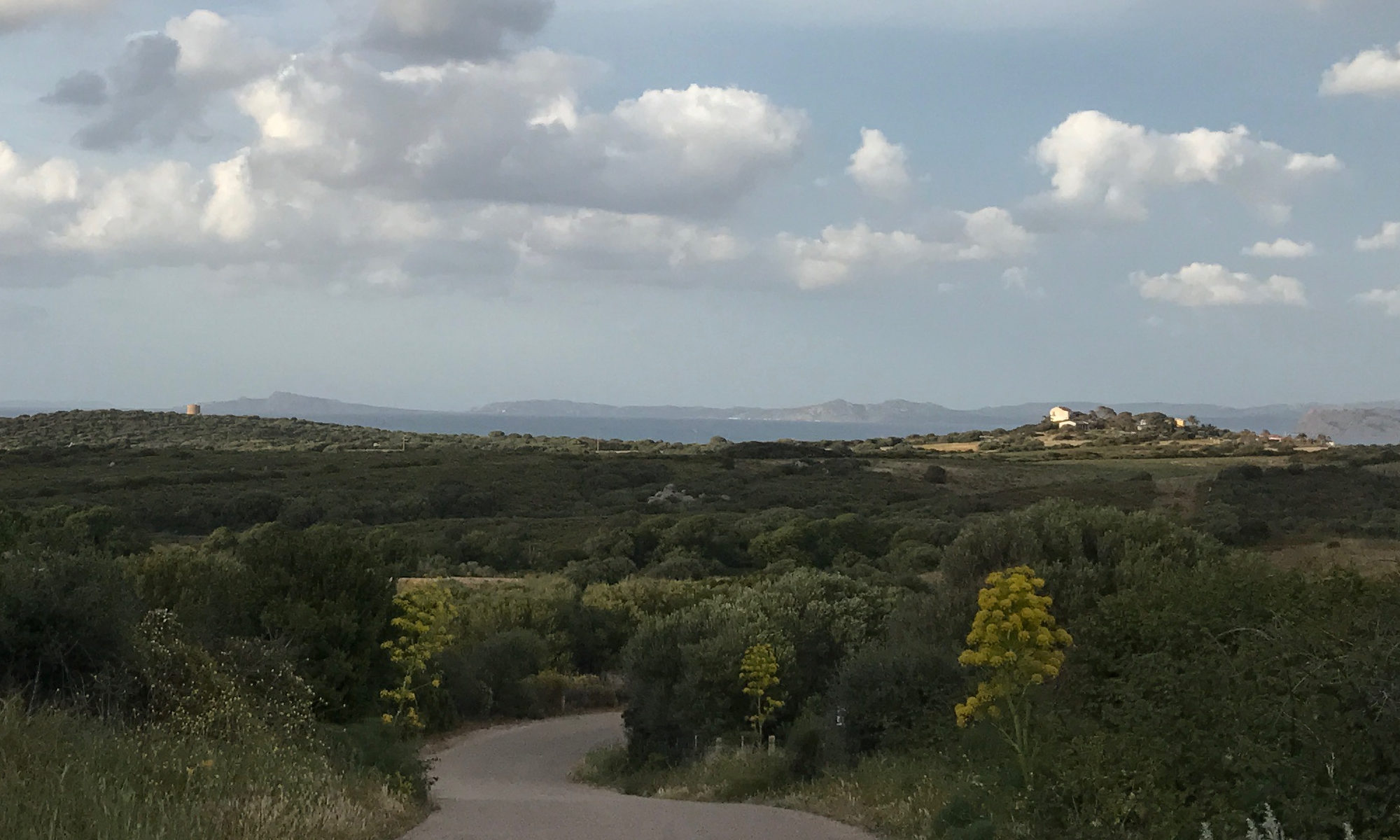
Sardinia is a wonderful place to visit. The best, in my opinion. After the lockdown is over, why not go? You can start dreaming now, and even planning where to go and stay, even if you can’t yet confirm dates and flights.
I’m more than happy to talk with you and offer suggestions and recommendations. Of course, you can also go online and find many resources to help you plan this dream vacation.
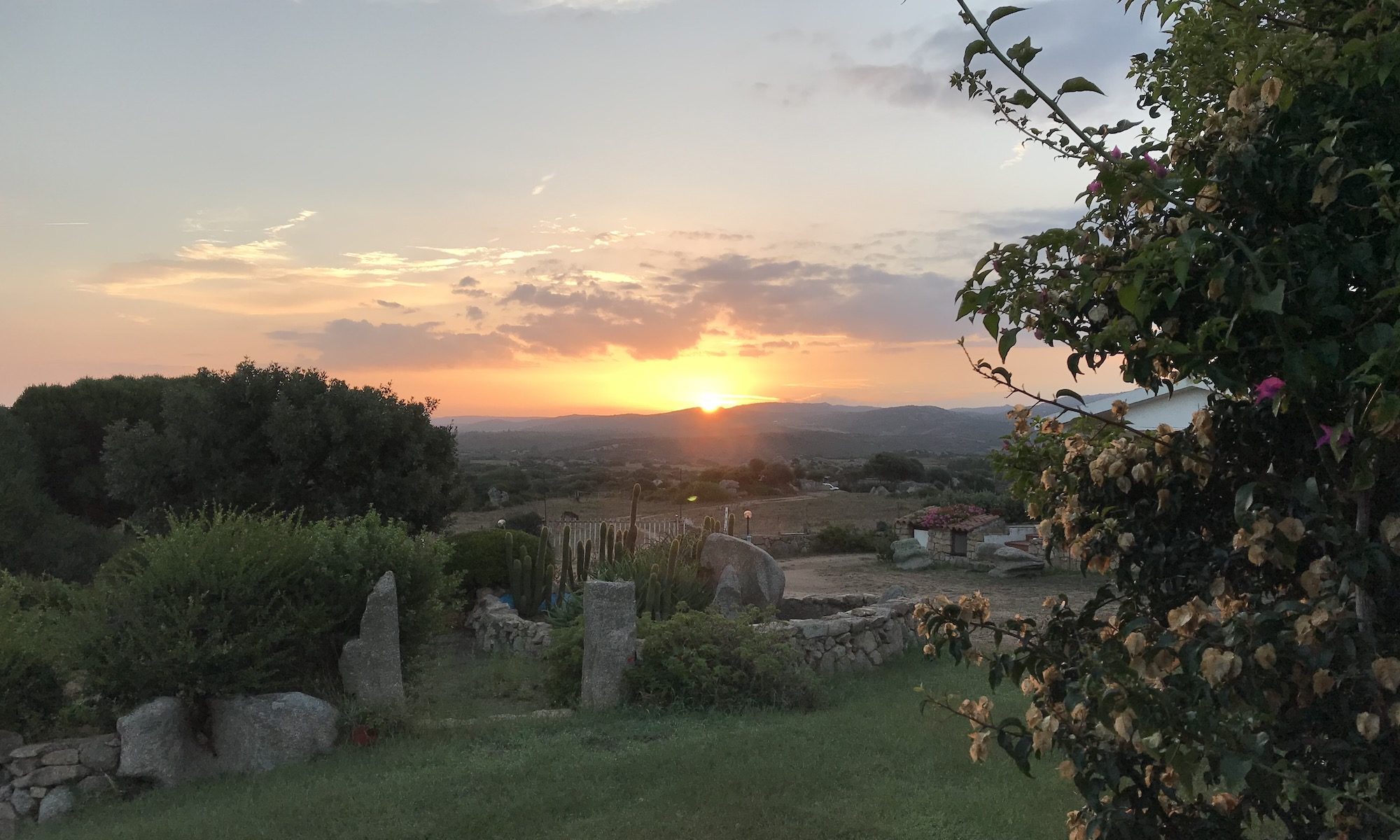
If you would be interested in participating in a tour of weaving studios, weaving and cultural museums, and/or some of the other treasures of the island, please contact me.
Given the current situation, I can’t yet confirm any dates; I am thinking September or October 2020 will be the earliest I could lead a group if travel restrictions are lifted.
Thanks for considering and taking action on these! ~ KMK
© 2013 – 2025 Kelly Manjula Koza | All Rights Reserved
Gallura, the area of Sardinia of which I dreamt as a kid, is the place on this planet that feels like home to me. For me, Gallura embodies and expresses the beauty, the nature, the spirit, the heart of Sardinia in a way that’s beyond what words or even pictures can express.
Within Gallura, the gem of Agriturismo Nuraghe Tuttusoni shines.
Capture a glimpse of magic in this 2019 video. Scroll down to read more and find contact information.
Agriturismo is the Italian word for a working farm that has guest cottages/apartments, and usually a restaurant and shop offering their hand-made food. While abundant across Sardinia, not all agriturismi are equal. Agriturismo Nuraghe Tuttusoni is, in my experience, the diamond. Da non perdere, not to miss.
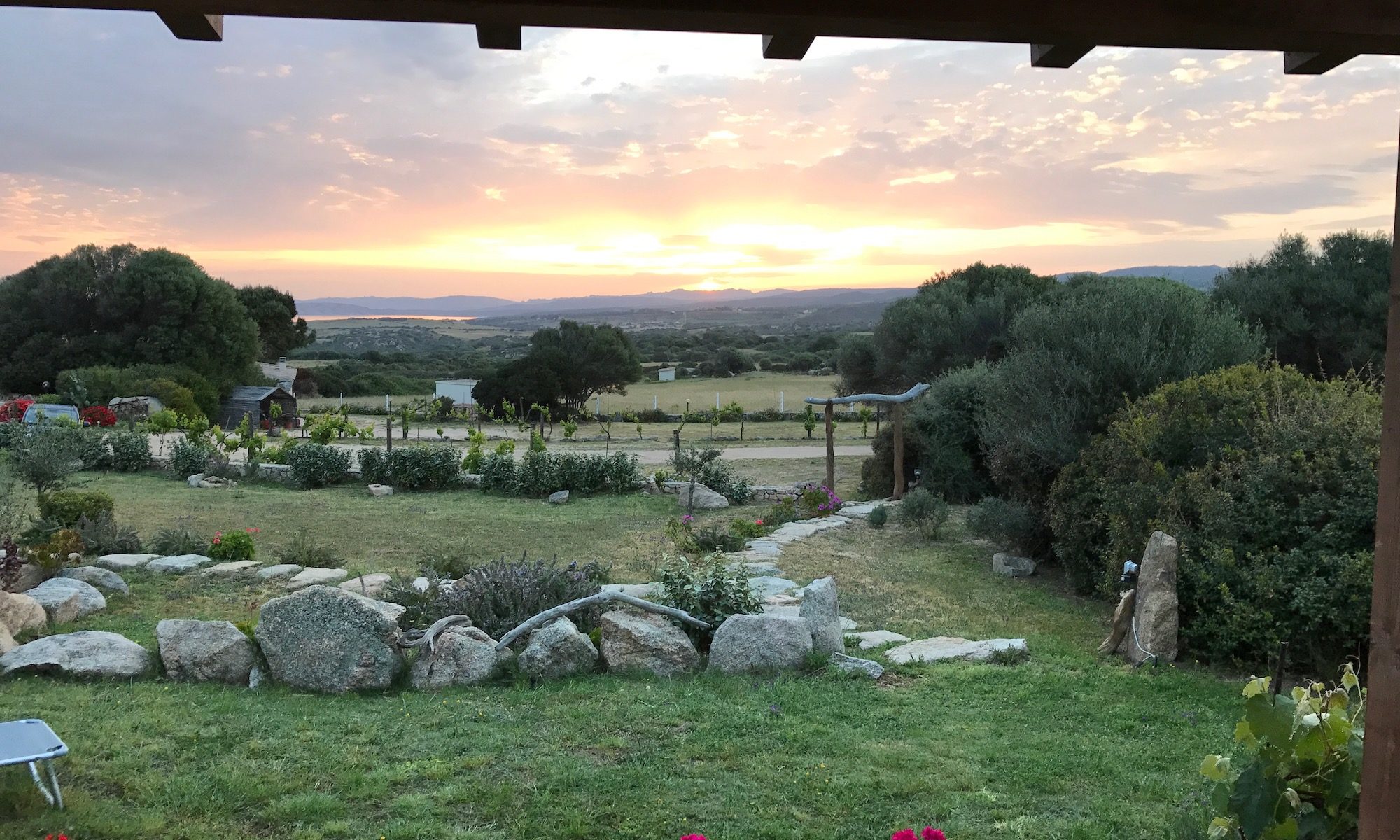
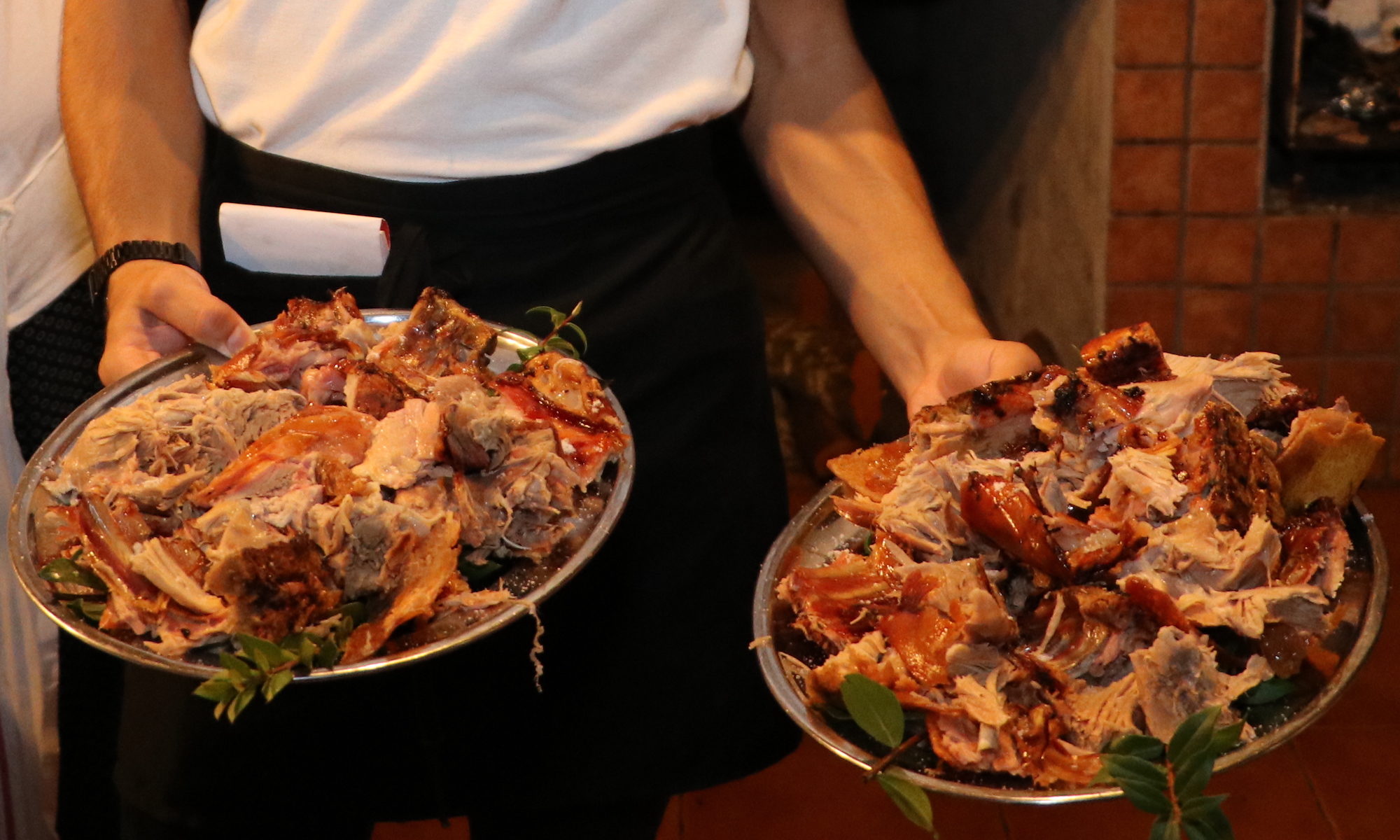
In the most beautiful of locations minutes from the sea, Tuttusoni offers unparalleled hospitality in a restaurant where their own and local wines complement food beyond compare; in comfortable guest rooms; and in a beautiful, relaxing environment curated by truly embracing family-staff. I can’t even begin to describe the feeling of being here!
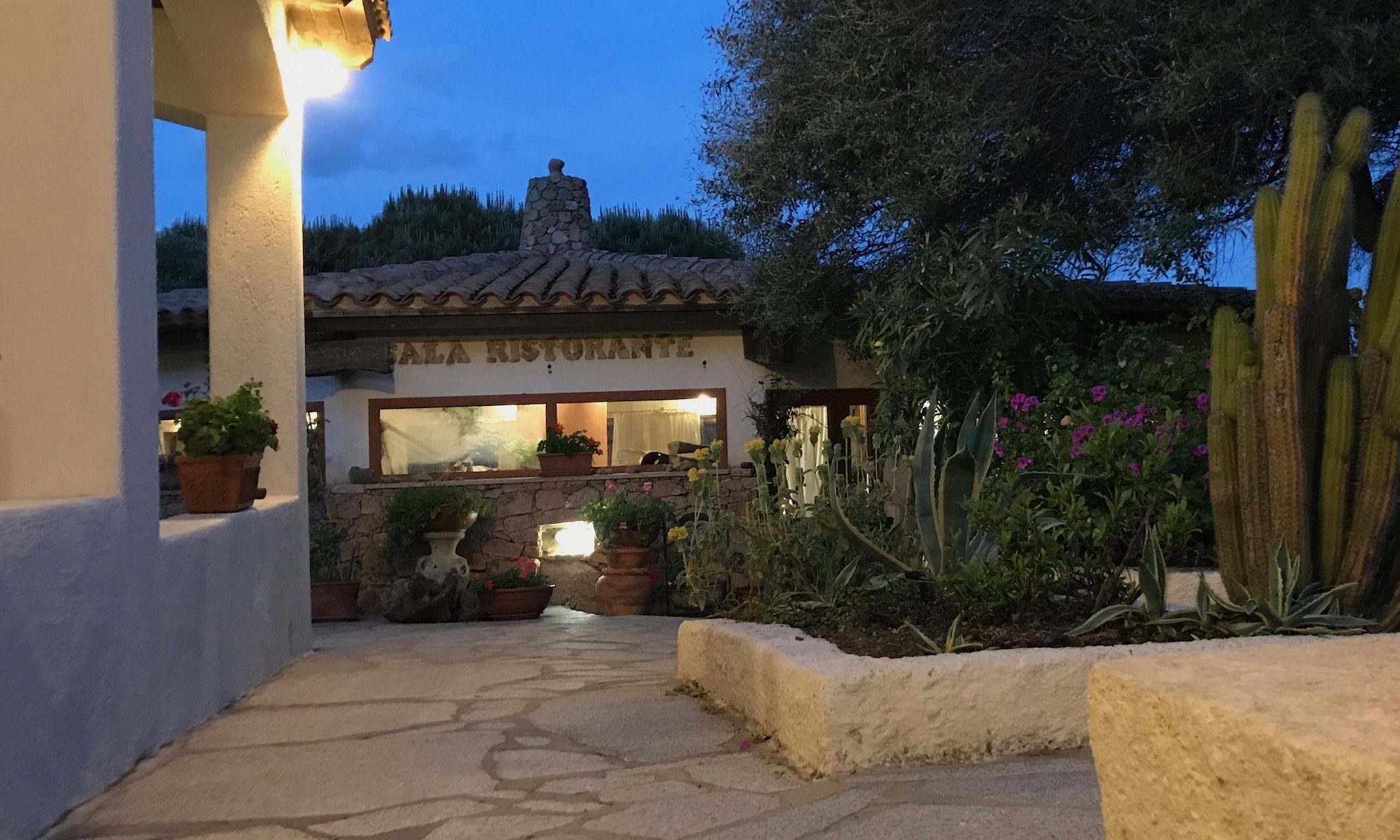
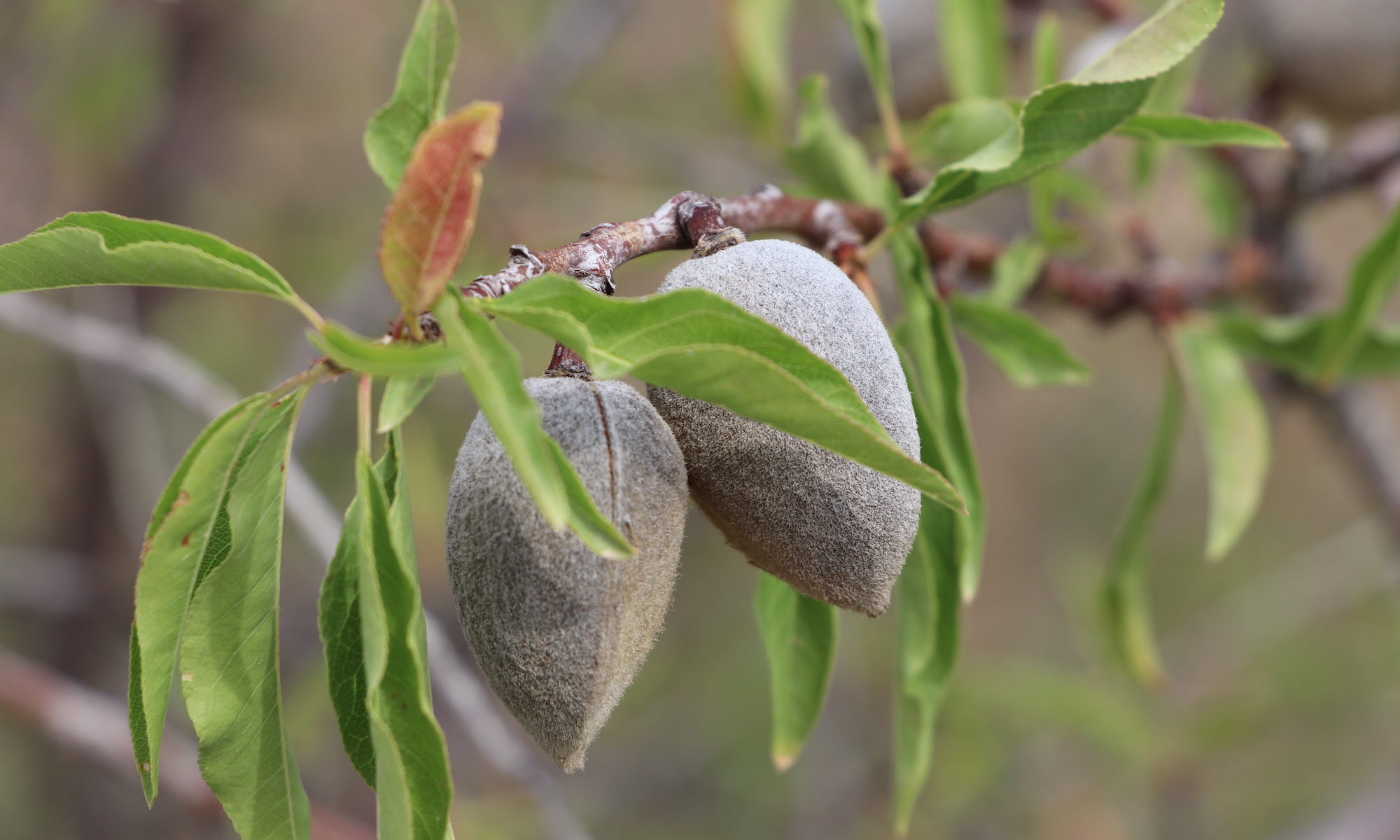
For a truly refined and magical experience of Gallurese country hospitality, food, beauty, and life — come!
Giovanna, Michela, Rosa, Angelo, Leo, and staff welcome you.
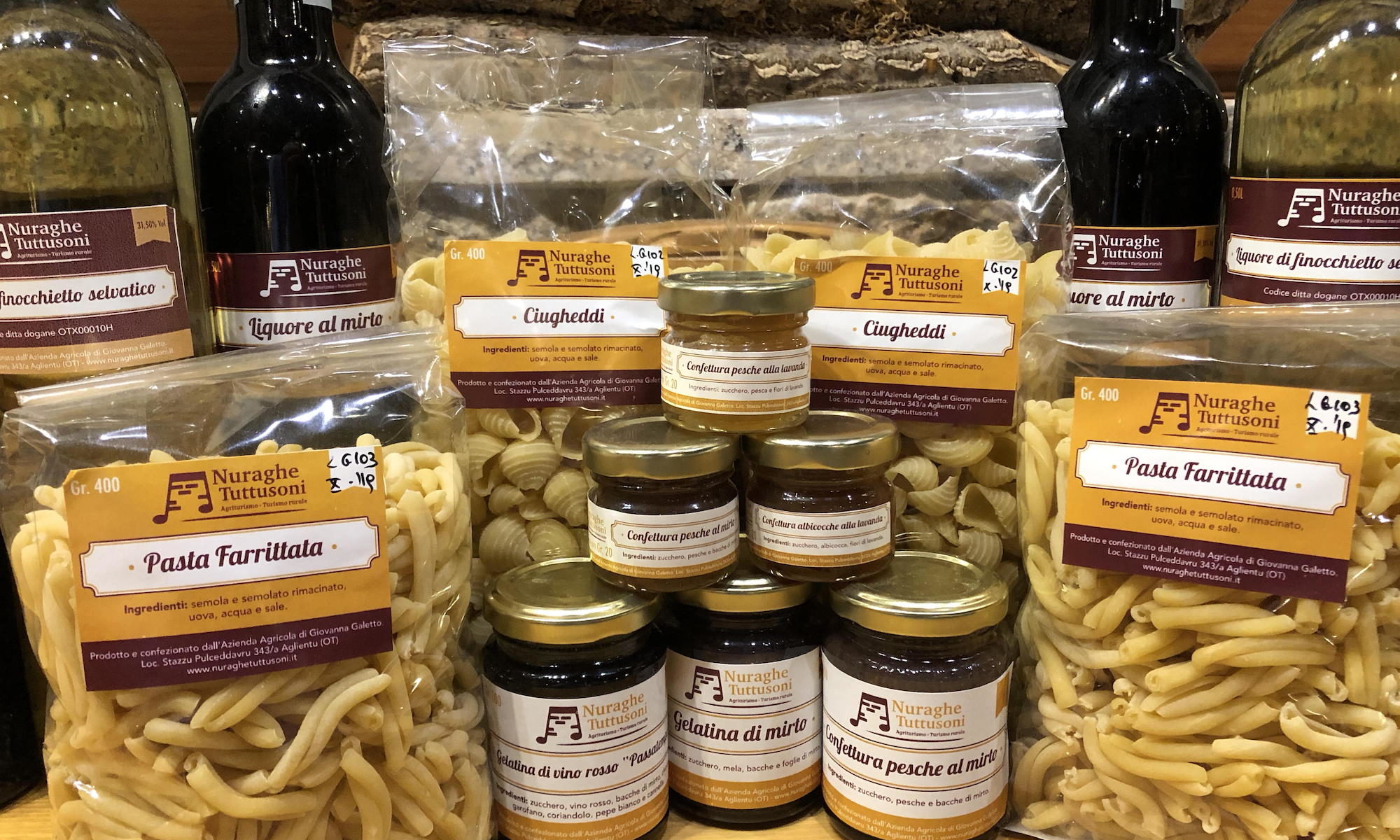
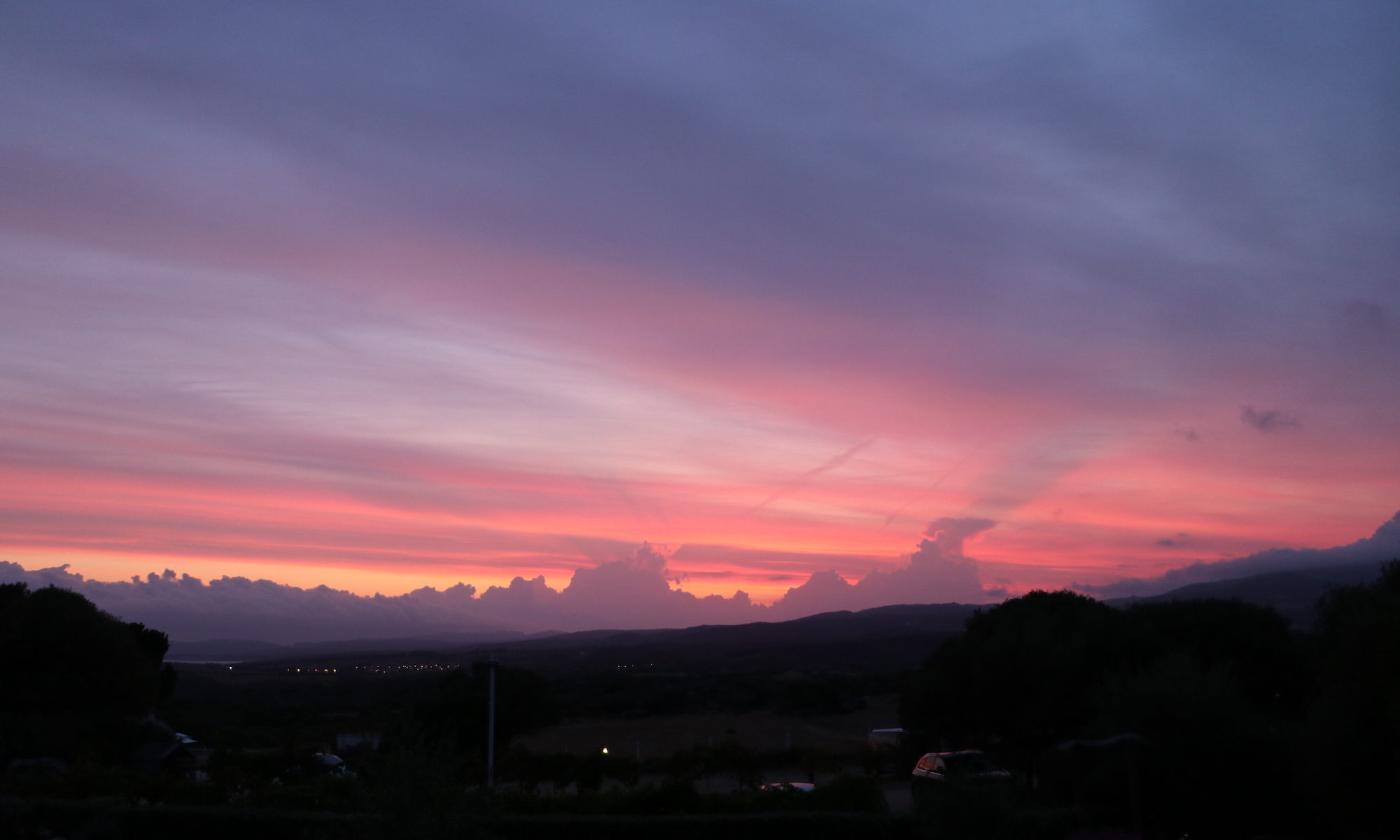
Agriturismo Nuraghe Tuttusoni
Località Portobello, Aglientu OL 07020 Sardegna, Italia
© 2013 – 2025 Kelly Manjula Koza | All Rights Reserved
Il tramonto ad Alghero, Sardegna, con una bellissima vista di Capo Caccia. Non è accompagnata da una colonna sonora. Il video è stato registrato 2018 09 20 dal muro della vecchia città, senza treppiede o manicotti per il microfono, e le sonore ambiente erano quelle della città, rumorose; perciò, sono stati eliminati.
Sunset at Alghero, Sardinia, with a beautiful view of Capo Caccia. It’s a silent video. The video was recorded from the old city walls on 2018 09 18, without tripod or wind muff, and the ambient sounds were loud city noises, so they’ve been removed.
E’ lungo e forse noioso. . . o no!
This is cross-posted on Tramite.org.
© 2013 – 2025 Kelly Manjula Koza | All Rights Reserved
© Kelly Manjula Koza unless otherwise noted.